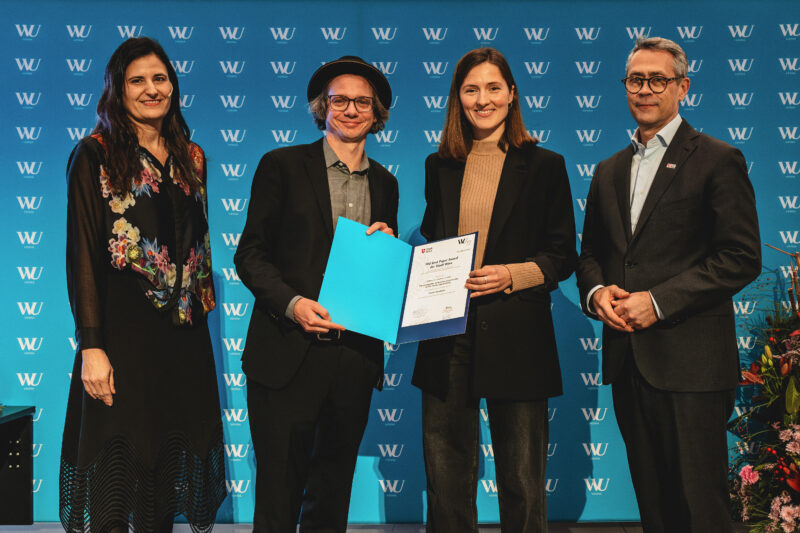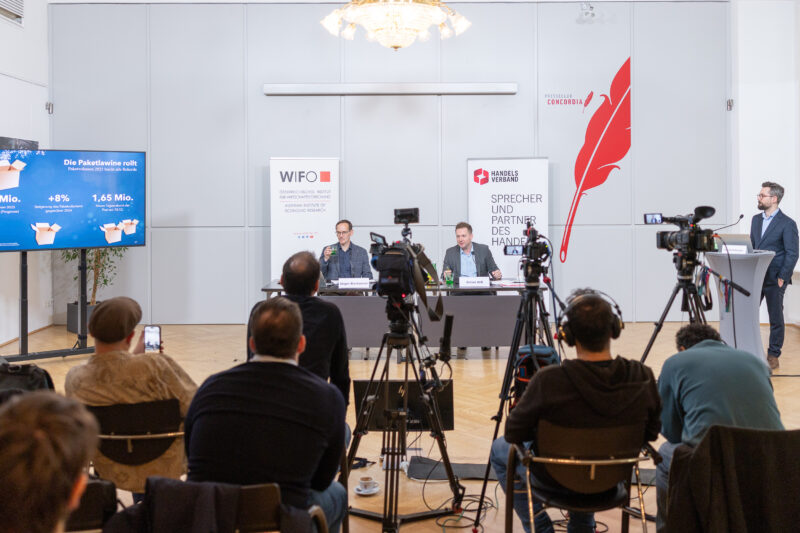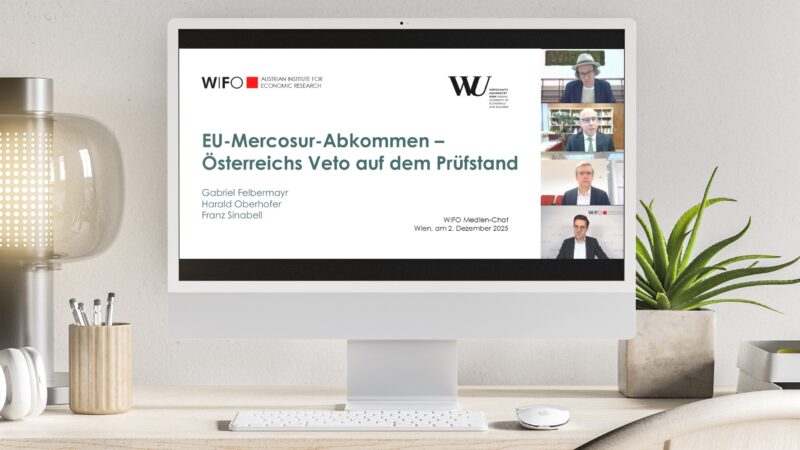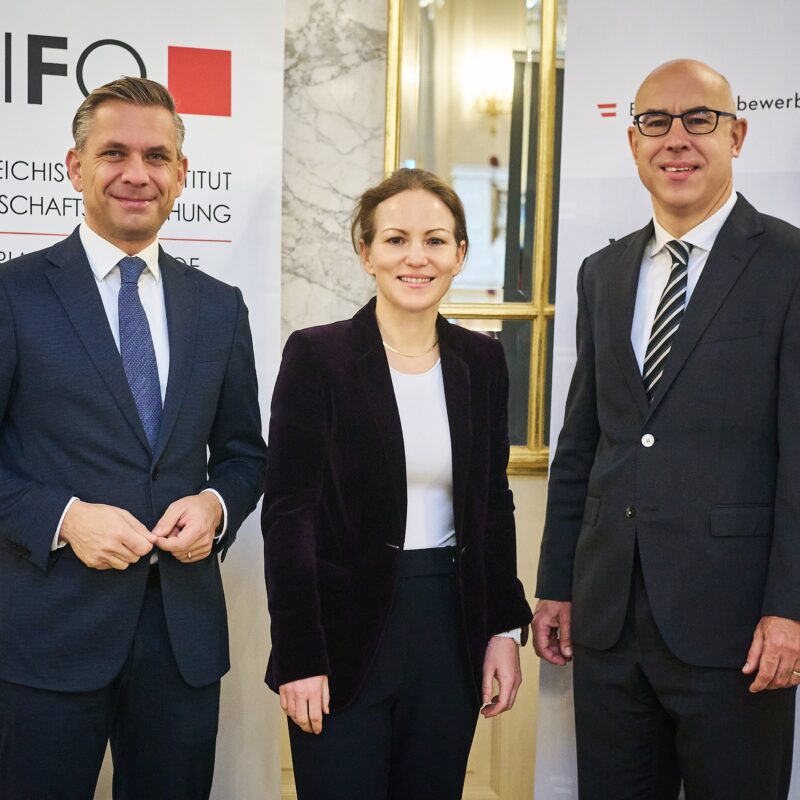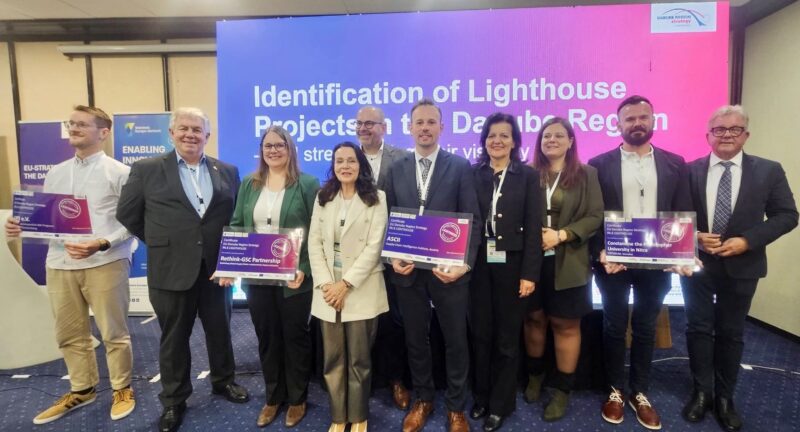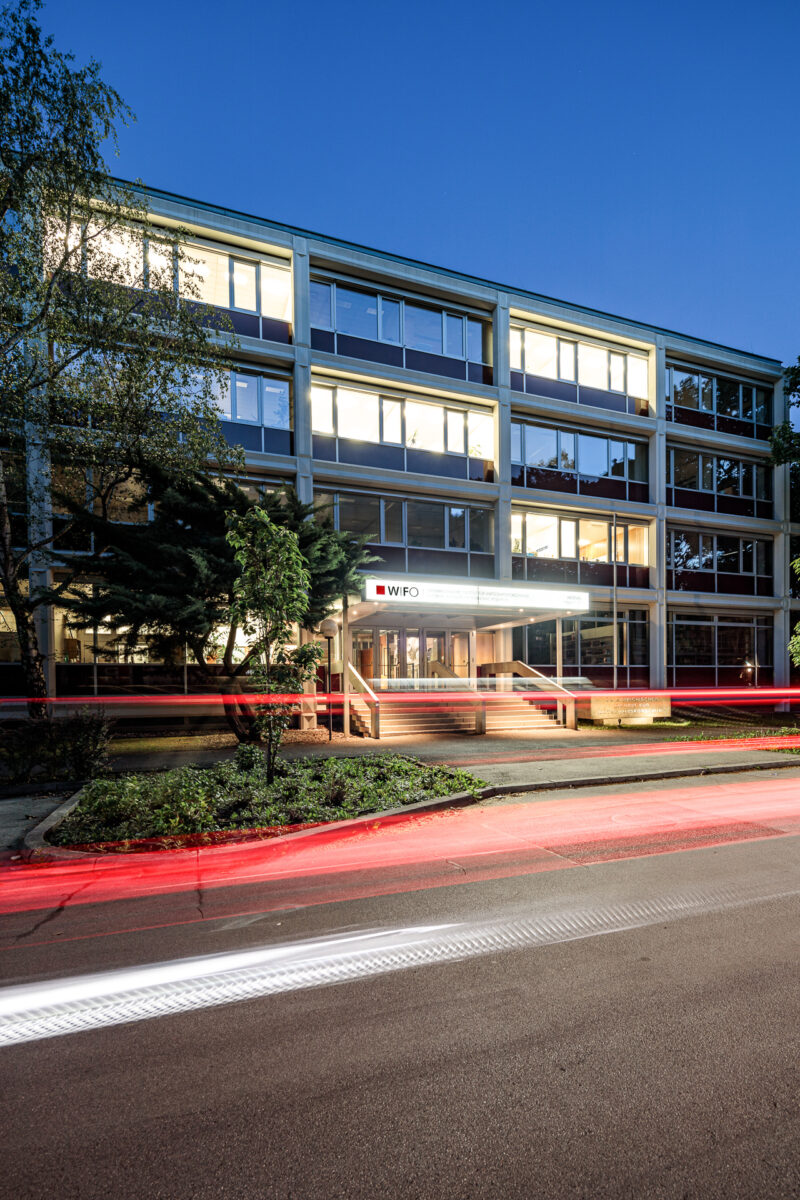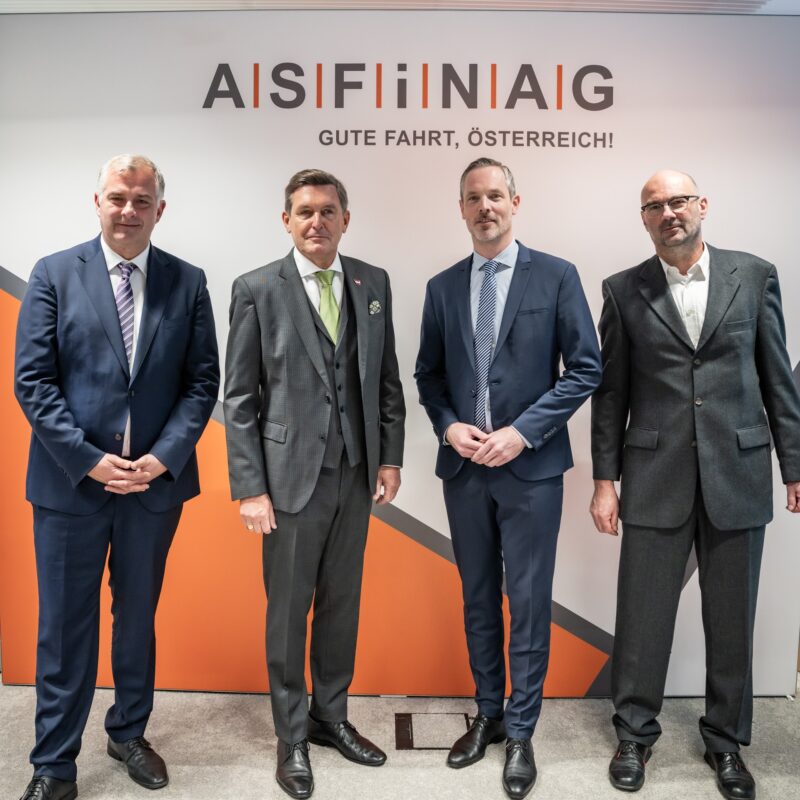
Rising Cost of Living and Risk of Poverty in Austria
Two WIFO Research Briefs were published on these issues.
There are no direct changes in the at-risk-of-poverty rate, as the poverty-indicator is based on household income. Rather, the effects are indirect: due to the different expenditure and expenditure structures of goods and services purchased by households of different income levels, inflation falls hardest on households with lower incomes, and thus households at risk of poverty. In the medium term, rising housing prices in particular put pressure on the living standards of low-income households.
In the WIFO Research Brief "Anti-Inflationary Measures. Potential Impact on Households in Austria", the measures adopted by the Austrian Federal Government in December 2021 and January 2022 with the aim of cushioning rising consumer prices for households and businesses are examined. The package amounts to about 4 billion €. The measures are strongly related to energy and transport consumption and compensate to a small extent for the deterioration in the standard of living of low-income households. However, a medium-term analysis shows that the rising prices, especially in the housing sector, will not be offset by the anti-inflationary measures. Further targeted measures are needed to counteract the rising costs of living of low-income households in particular.
Publications
Please contact




